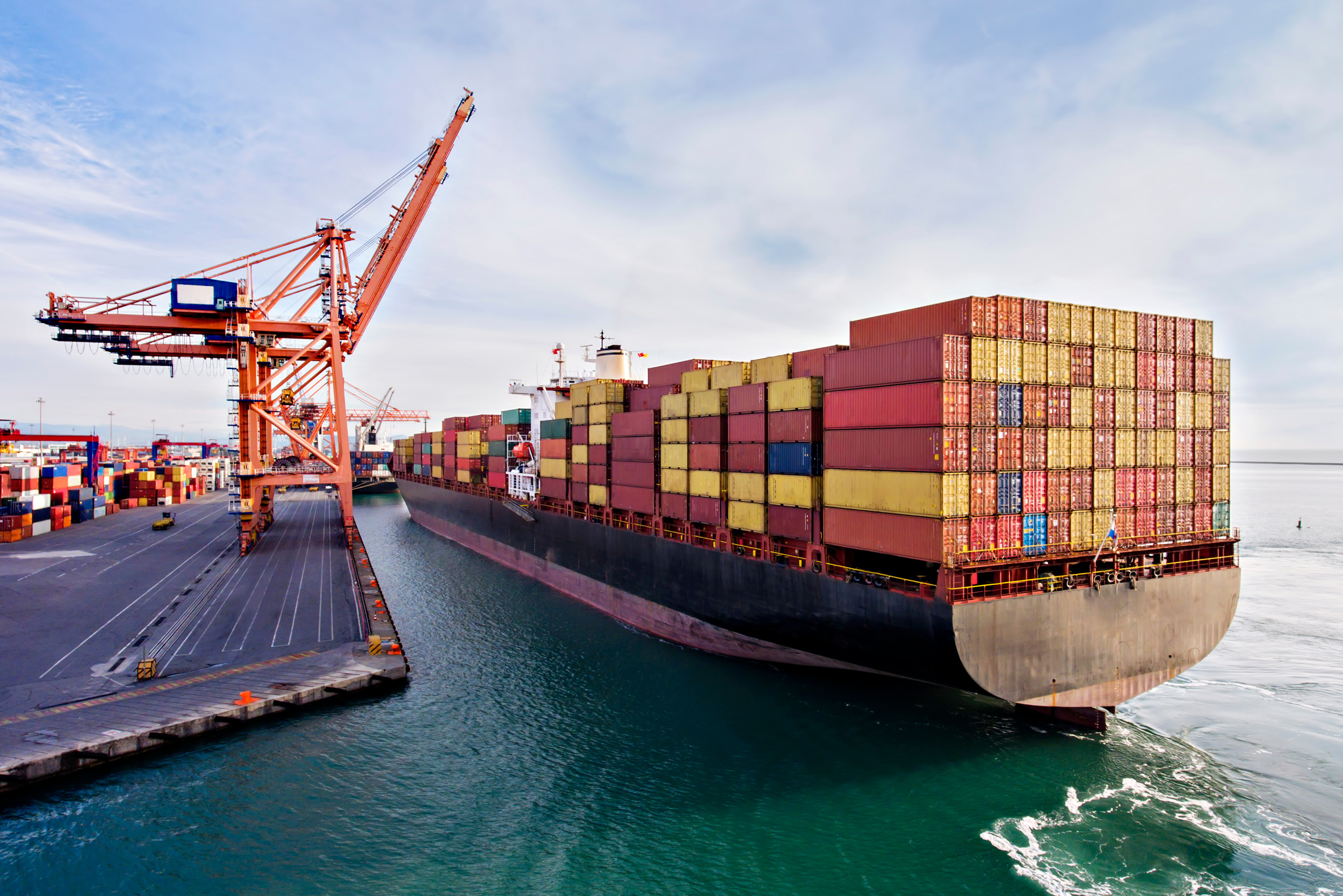Competitive Shipping Roundup: Extended hours are worthy goal, but congestion is no easy fix
By Bruce Abbe, SSGA Strategic Adviser for Trade and Transportation
The search for answers to the compounded, system-wide, congested global container shipping system continues, and last week’s news and developments point to some concerted efforts but no quick, easy fixes. Here’s a look:
White House pushes expansion of hours
In response to complaints and pleas from shippers and their organizations, including SSGA, the Biden Administration in August created a Supply Chain Disruptions Task Force in that includes senior executive staff at the departments of transportation, agriculture and others to work with industry on solutions. John Porcari, a former head of the Port of Baltimore and industry veteran, was tapped as a port envoy for the task force.
Porcari reportedly told a group of exporters last week that he will be working to expand operating hours at more ports, a strategy that started at the ports of Long Beach and Los Angeles last month and looks to be getting a bit of traction at the PNW ports and others. He’s urging large volume retail importers, ports and terminals to expand their operational times.
Expanding operating hours at the ports and dock terminals – ideally to 24-7 like other ports around the world – won’t provide a quick solution some, industry experts advised the Journal of Commerce (JOC) and the Agriculture Transportation Coalition’s annual virtual meeting last week. Terminal operators at LA/LB claim they have been offering truckers and import retailers incentives to use the after-hours gates opened last month, but few of them are as of yet doing so. Experts speculate that the warehouses are simply full and not operating after hours, so the truckers don’t have enough places to move the containers.
The space availability and congestion issues are more systemwide, particularly so on the land side and inland U.S. Rail service to inland warehouses and distribution centers in the Midwest from the West Coast is also being restricted, or staged, by the Class I intermodal railroads. There are space limitations at their inland container yards where, again, the containers too often are sitting on chassis and not moving off to warehouses.
Ed DeNike, president of SSA Containers, the largest port terminal operating company in the U.S., told the AgTC meeting that it’s not a terminal issue now. They have been operating longer hours with little support from truckers so far. West Coast terminals are full of import containers that aren’t moving.
“Just pick up your containers,” he said.
Higher container dwell times at rail and port terminals, backed-up vessels bunched at the main gateway ports, trucking and chassis shortages and labor shortages at various points including warehouses are all contributing to the compounded congestion problem. It will take extended operational hours at critical bottleneck points throughout the system to make it flow faster.
‘Double-Flex Solution’
One incremental solution at the ports some experts have been advocating would be to move to “double-flex hours,” which would open the gates two or three hours earlier for the truckers during day shifts, instead of pushing night and weekend shifts when other parts of the system aren’t yet running.
The International Longshore and Warehouse Union (ILWU) says it is ready and supports 24-7 and extended hours. Yet the current contract between the ILWU and the Pacific Maritime Association employers group reportedly does not allow for double-flex at container terminals.
ONE announces new Port of Oakland service
Speaking at the AgTC annual meeting, Jeremy Nixon, president of Ocean Network Express (ONE), the large consolidated Japanese-owned container carrier line, announced that ONE will be reinstating a regular, direct service between Asia and the Port of Oakland, a key U.S export port.
The regular service will start November 15, and until then, ONE will be having other ships stop at Oakland. Oakland has suffered recently from a decline in ocean carrier service, while LA/LB has been seeing increases.
Meanwhile, John Wolfe, president of the Northwest Seaport Alliance joint operation for the ports of Seattle and Tacoma, said NWSA will also be extending gate hours and is adding needed container storage space at nearby terminals and is looking for additional space. NWSA is a key gateway for many SSGA export shippers.
Ocean carrier profits – wow!
In the midst of all this system congestion, ocean container carriers say is the result of an unprecedented surge in trade from Asian manufacturing companies North America and Europe (translation: not their fault) they are rolling in the revenue like never before.
London-based global shipping consultancy Drewry provided its latest industry revenue estimates last week, and according to JOC, Drewry says container shipping’s pre-tax profits for 2021 and 2022 could be as high as $300 billion.
“This extreme profitability is built on an incredible full run of pricing … tight space, strong demand … and port congestion in Asia and at destination ports in the U.S. and Europe has driven spot rates to new highs almost every week,” the report said. “Contract rates have followed spot rates and are far above pre-pandemic levels.
Drewry noted in its Container Insight Weekly, that the $300 billion in earnings makes for “an extraordinary war chest to play with.”







Leave a Reply
Want to join the discussion?Feel free to contribute!